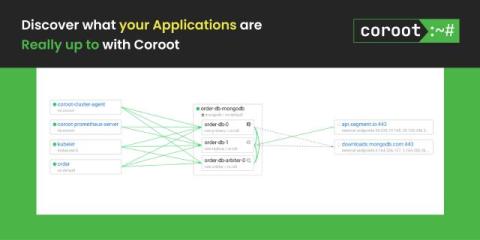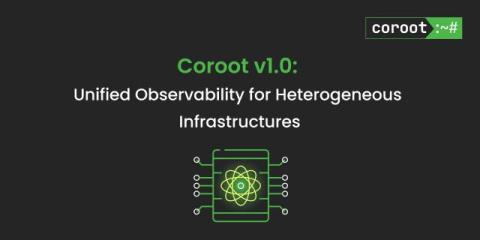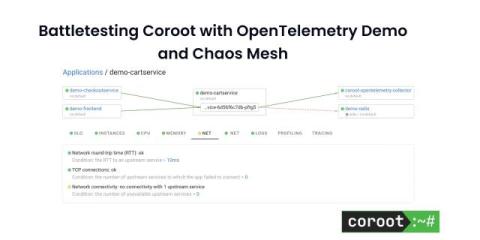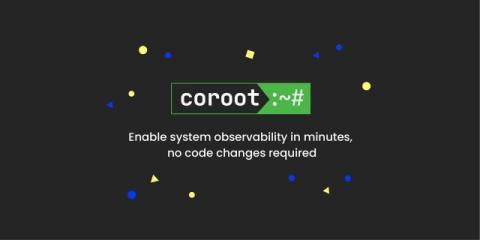Discover what your applications are really up to with Coroot
Modern Applications can use a lot of external services, some of those interactions are expected, others not so much. There could be many reasons for those unexpected interactions, ranging from security vulnerabilities and various malware to outdated code and various reporting and statistics software may report to its creator or a third party. These unexpected interactions can be a security risk, and may also raise privacy concerns.










